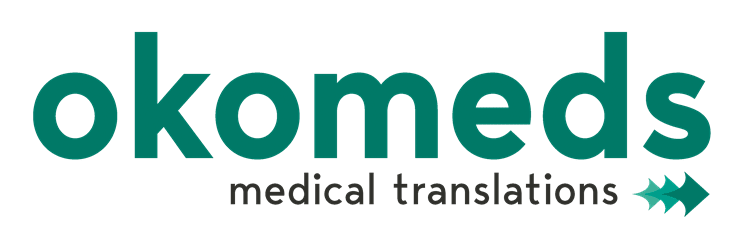
19 Apr The two Steps of Translation of New Medical Information
There is a need of translating new medical information from CROs research to bedside. This means that in this step medical translators take the findings of basic research and translate them into clinical investigations.
However, there is another important translation step that according to recent studies, seems not to have been taken so much into consideration. We are talking about the translation of clinical investigations in order to make them available to every day medical practice.
Why do not clinical investigations, or their translations, reach practicing physicians?
According to Medical records in different places and countries, inappropriately performed or inappropriately used practices can be found. Of course quantities vary, and, in some cases, they are very few. However, they add up to approximately a 14 %, on average.
It is important to point out that patients do share part of the responsibility, for example, they can decide adherence to a prescribed medication regime or not.
But, still, some therapeutic regimes or advices that are cheap, painless and easy, are been forgotten by physicians, because they do not prescribe them. For example, the aspirin use, for patients with coronary artery disease.
Another example concerns antihypertensive medications. On one hand, during the last years, a lot of drugs have been developed, but, although this type of drugs are among the most frequently prescribed, the blood-pressure control rates among hypertension patients are very low, even in a country as the US.
The good news is that physicians can intervene to keep their patients on the road. Specific studies on this subject show results that represent nearly a 40 % increase in patient engagement.
Do you think new medical information is really widespread in the real world? Find some answers...
How to widespread new medical information in the real world?
So, the main point here is that when practices are proven effective and even cost effective, and translation of research findings by CROs or other companies or institutions has taken place, these types of practices should be widespread in the real world.
Therefore, if they are not widely applied, some measures should be taken in place. It could be some specific translations such as translations of widely accepted CROs, Pharmaceutical or other type of research findings analyzed and presented as recommendations by relevant professional organizations or institutes.
The latter are seldom carried out. Nevertheless, they do, sponsor evidence-based and consensus-development activities.
Another possibility that has usually good results is to increasing medical practice accountability.
Of course, the value of these tools depends largely on their quality and acceptability, but it is a fact that in the last years some important improvements have been detected regarding the day-to-day use of research outcomes.

What can medical translation of medical practice recommendations offer?
Here both the role of the public availability of information on health plans and their performance, as well as the commitment of relevant professional societies to consensus on guidelines or recommendations, have been crucial.
Probably, because patients do have access to public health plans and doctor’s work is made easier, when they do not have to deal with contradictory or different recommendations.
Of course, the aim of the recommendations is to facilitate the day to day practice, but does not undermine the doctor’s independent judgment.
Therefore, the development of medical practice recommendations and their publishing is a great step that involves medical translators working for the professional medical organizations. However, their impact on the practice of medicine should also be measured or controlled to ensure that the second step of translation of new medical information is correctly applied, for example, by voluntary programs.
Conclusion: the role of Medical translators to spread new medical information
In any case, it is clear that medical translators do not only have an important role in translating research to clinical investigations, but also in helping medical organizations, with their translation practice, to establish recommendations concerning new medical information.
Medical translators also have a role translating the referred to recommendations in different languages to widespread the new medical information and make it really applicable in the day to day practice of any hospital, clinic or practitioner.






Sorry, the comment form is closed at this time.